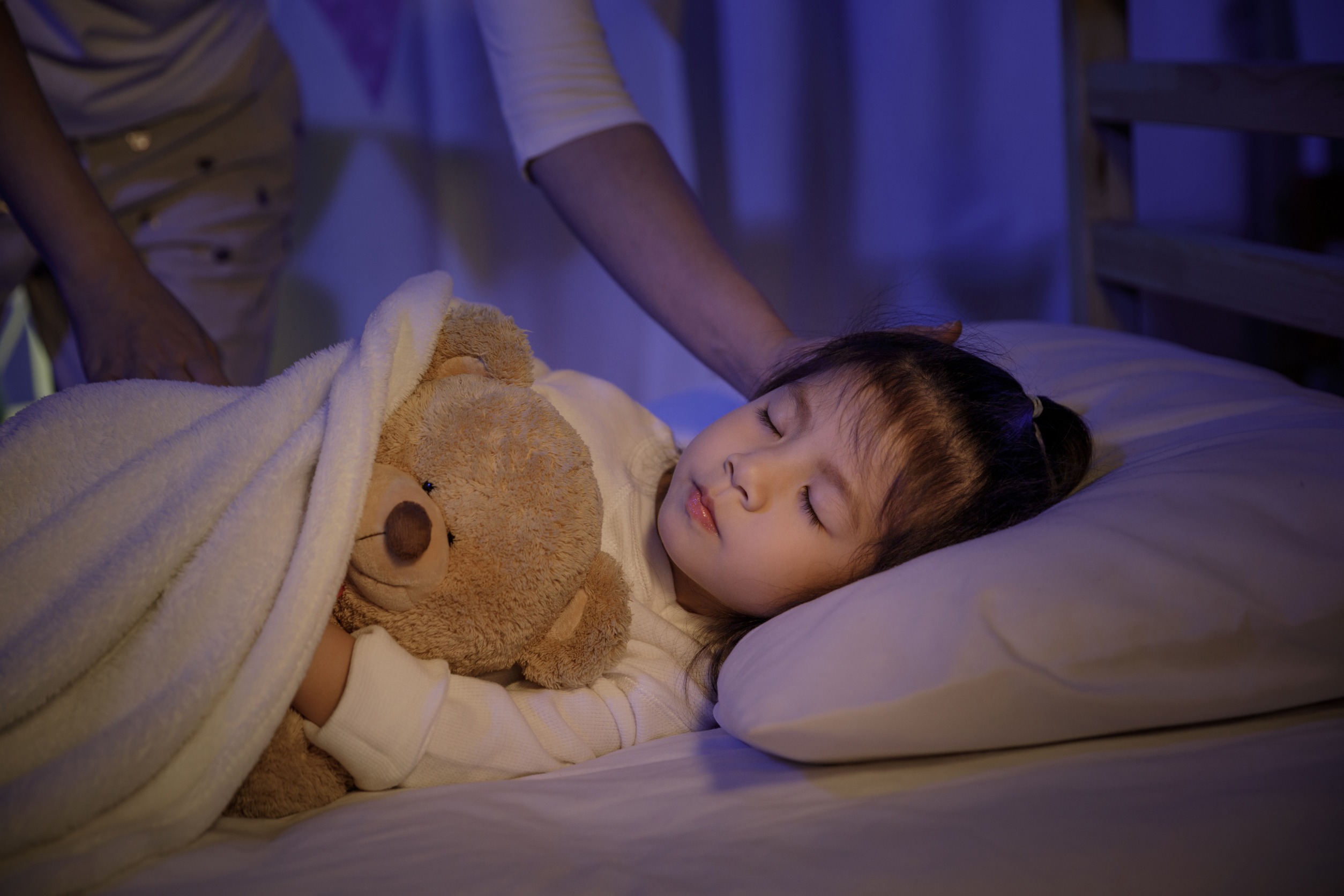Some recent studies on OSA (obstructive sleep apnea) and Children, aged 6 months to 17 years:
“A study concludes that almost half of children in the United States don’t get the recommended nine hours of sleep.”
– Healthline.com, American Academy of Pediatrics, 2019
“Obstructive sleep-disordered breathing is common in children. From 3 percent to 12 percent of children snore, while obstructive sleep apnea syndrome affects 1 percent to 10 percent of children. The majority of these children have mild symptoms, and many outgrow the condition.”
– American Academy of Family Physicians
“At least 2 to 3% of children are believed to have sleep apnea, with the disorder believed to be as high as 10 to 20% in children who habitually snore.”
– Yale Medicine
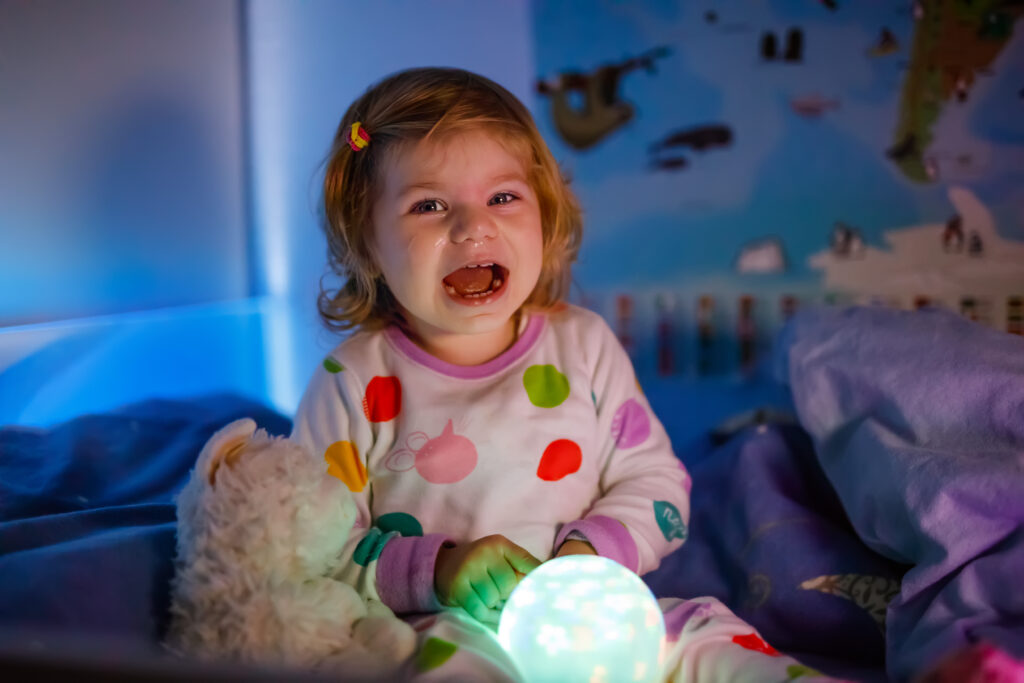
First of all, take note that children can get sleep apnea, while it is less common for children when compared to adults, it can be affecting your child’s sleep, their behavior, their mood and their performance in school. The earlier the child is diagnosed, the earlier the child or teenager can get the help that is needed and prevent other comorbidities of continued untreated OSA.
Second, sleep issues do not always equate to an OSA diagnosis. While nearly half of our children (aged 1 to 17) are not getting enough sleep, there is only a smaller percentage of those children who are experiencing obstructive sleep apnea. Common sleep disorders may have contributing factors that have more to do with poor sleep hygiene [1], screen-related distractions, early school start times or external pressures or stress.
Third, Pediatric OSA needs a medical diagnosis before any medical intervention can be prescribed to improve the quality of your child’s sleep. And if your child has OSA, it’s imperative that parents be aware of the warning signs, so if concerned, it’s best to start by talking to your child’s pediatrician and go over all the treatment options. If your gut is telling you there is a problem, dig deeper because sleep is essential to life, to normal growth and the quality of life for your child. Treating OSA can also prevent or resolve other comorbidities that are frequently associated with sleep apnea, including ADHD, Failure to Thrive [2], mouth breathing, mood disorders, development delays, as well as early onset heart disease.
So let’s go through the signs, the symptoms, the method of diagnosis and the treatment options for Pediatric OSA.
What are the Signs of Pediatric OSA?
First, what is Obstructive Sleep Apnea in children? Children with sleep apnea have an obstruction or blockage to the upper airway when they sleep. During sleep, our muscles relax, including the muscles at the back of the throat. Excessive relaxation of these important muscles can cause the airway to collapse.
Have you ever had a gut instinct that something wasn’t right and made decisions for your kids based off that? Experts say parent’s intuition—known by some as mother’s intuition—is a thing, according to a recent study. Antonio Damasio, M.D., Ph.D., a neuroscientist and professor at the University of Southern California, “believes emotions play a key role in decision-making, referring to gut instinct as somatic markers. It’s an idea that past emotional experiences create future gut feelings.”
If you noticed a pattern of unusual signs or issues that you cannot explain, whether its in your child’s behavior, overall health or sleep patterns, don’t ignore them. We have provided a checklist of some of the signs and symptoms of OSA in children and young adults. If your child is experiencing one or two, then you still may want to discuss these with your pediatrician but if most items on this list are applicable, then you definitely want to tell your pediatrician of your concerns so a sleep study can be scheduled.
- SNORING: Between 3 to 12% of children snore, and while it’s not a definitive sign of sleep apnea, it can increase a child’s risk. Listen to your child’s snoring: Is there short snorts, gasps, or even pauses in breathing associated with their snoring?
“Many if not most children snore on occasion, and about 10 percent or more snore on most nights. Loud and regular nightly snoring is often abnormal in otherwise healthy children. The American Academy of Pediatrics recommended that all children be screened for snoring, and that those who do snore regularly should undergo a diagnosis to determine whether the snoring is normal or a symptom of sleep apnea.”
– National Sleep Foundation
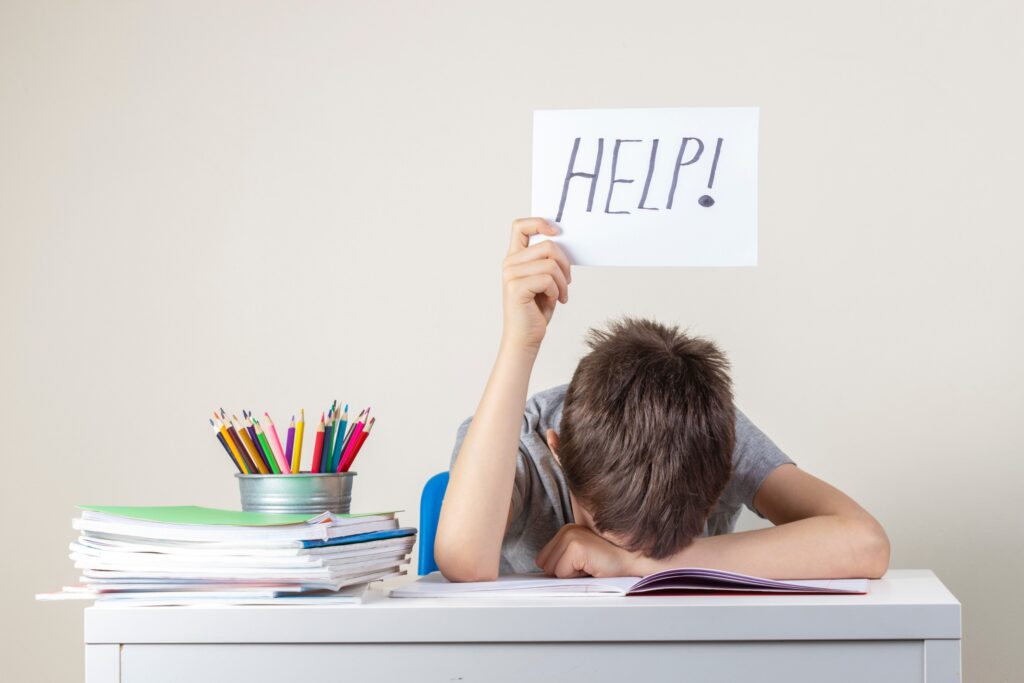
- Noisy or heavy breathing: especially accompanied by pauses in breathing or gasping for air (as opposed to snoring)
- Mouth Breathing: Mouth breathing can lead to elongated facial structure that emerges during the developmental years, which can cause the airway to become even smaller, exacerbating the problem.
- Restless sleep: Restlessness is when a child has a pattern of consistently moving during the night while they remain asleep.
- Sleeping in unusual position: Sleeping in odd positions may indicate the body is attempting to get better airflow while sleeping.
- Bedwetting: Bedwetting is a sign, especially when there is a sudden change or increase in urinary incontinence while your child is asleep.
- Daytime sleepiness: Chronic daytime sleepiness is a clear indication that you child is not getting enough quality sleep, whether that is from OSA or another issue.
- ADHD (Attention Deficit Hyperactivity Disorder): A child that is sleep deprived may show signs of behavioral issues, moodiness, defiant, hyperactive, difficulty focusing, inability to sit still, poor social skills with peers and adults, and problems at school.
- Depression and Anxiety: Studies have shown increasing incidence rates of depressive symptoms among pediatric patients with sleep apnea. (See study)
- Weight Gain: Children with sleep apnea may lack energy. They may prefer to sit in front of the TV instead of joining in school and home activities. This can lead to weight gain and obesity, which make the problems of sleep apnea even worse.
- Sleepwalking, sleep talking or night terrors: While these may cause fear in a parent who witnesses their child experiencing any of these while asleep, these sleep phenomenon can indicate an issue.
- Genetics: There appears to be a genetic component to the occurrence of sleep apnea, so if you have a family member with the condition that will greatly increase your child’s risk. Other medical conditions such as Down syndrome or cerebral palsy can also increase the risk.
Again, one or two of the above symptoms should not cause undue concern about a sleep apnea diagnosis in your child. But if you notice three or more of these symptoms occurring regularly in your child, you may want to schedule an appointment with your family physician to discuss the possibility of sleep apnea.
Methods of Diagnosis of Pediatric Obstructive Sleep Apnea
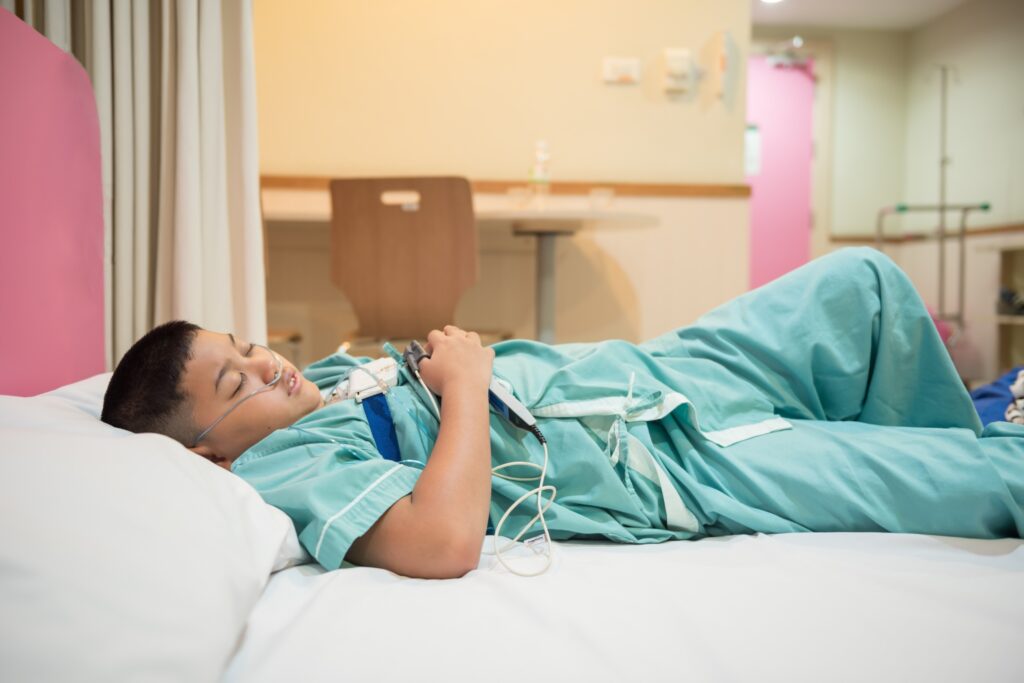
By keeping a ‘sleep diary’ of your child’s sleep schedule, patterns, or any symptoms or signs you have witnessed in your children (from the list above), you should document these as they will provide a basis for your doctor to review. If your pediatrician feels your child is a candidate, then he or she can prescribe a sleep study. The gold standard for diagnosis of sleep apnea is polysomnography, commonly known as a sleep study.
If the child is under 18 years old, a parent or guardian should accompany the child for the overnight sleep study. They can stay in the same room (in separate bed or sleeping chair) or cojoining room, depending on what is best for the comfort of the child. We do not recommend a parent sleep in the same bed with the child during a sleep study unless that is the regular practice in the home. The child can come in their pajamas, bring their favorite bedtime storybook, stuffed animal or whatever makes them more comfortable and apt to fall asleep. To ensure a successful sleep study, avoid any sugary or high-caffeine drinks or snacks the day before the test, schedule moderate physical activity during the day and forego your child’s nap the day of the sleep test.
Depending on the age of the child, the sleep technician will explain what will happen and what to expect in terminology that a child will understand, and thus feel less apprehensive of. The sleep technician will then place sensors on your child in different areas including the head, chin, legs, and around the eyes, and place an elastic belt around your child’s chest and stomach to measure breathing. A microphone is in the room which will be recording sounds your child makes, and a camera may record your child’s sleep behaviors. These sensors and devices will measure:
- eye movements
- heart rate
- breathing patterns
- brain waves (EEG)
- blood oxygen level
- carbon dioxide levels
- snoring and other noises
- body movements and sleep positions
- sleep stages
The sleep technician will be monitoring the data all night in another room and can be called upon to remove the sensors and devices if the child needs to use the bathroom anytime during the night. In the morning, the sleep technician will wake the parent and child, remove all devices, so you and your child can leave. In approximately three to four weeks after the sleep study, your pediatrician will have the reports ready to discuss with the parent or guardian at a follow-up visit.
What are the Treatment Options for Pediatric OSA?
The treatment options recommended by your pediatrician will be based on the probable cause of the OSA.
- If the child has enlarged tonsils, a tonsillectomy[3] may be the appropriate treatment option.
“Children with sleep apnea syndrome who have their tonsils and adenoids removed sleep better, are less restless and impulsive, and report a generally better quality of life.” – National Institutes of Health’s National Heart, Lung, and Blood Institute (NHLBI)
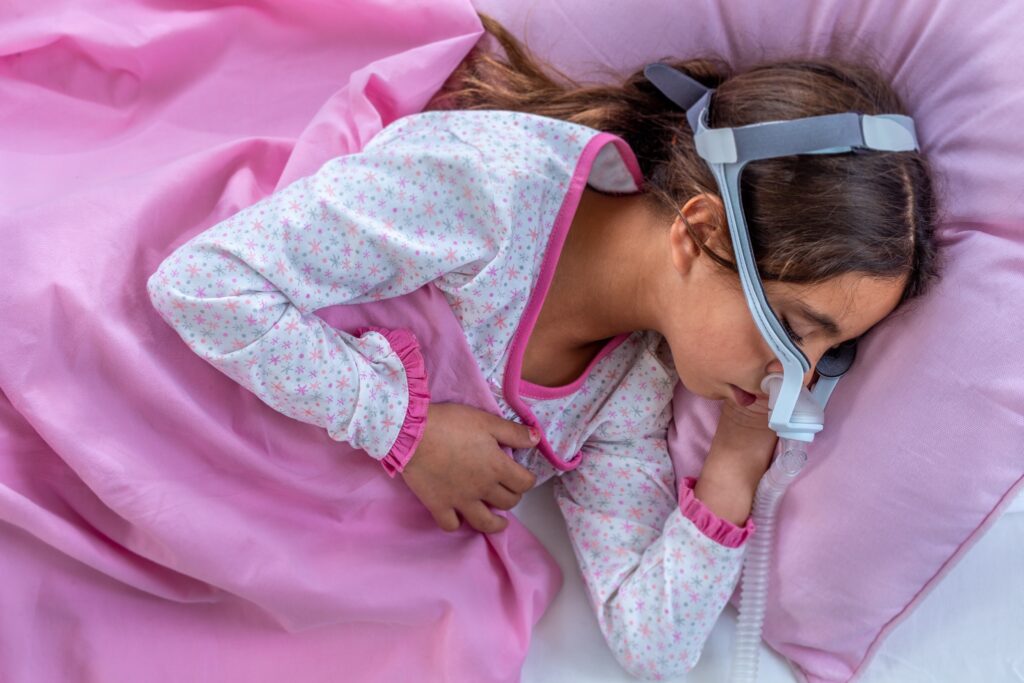
- If a child is overweight or obese according to their BMI [4], then a weight loss program may be recommended for the child since weight can be a contributing factor to a sleep problem.
- CPAP Therapy is recommended when the above factors (enlarged tonsils or weight) are not the physiological reason behind the child’s obstructive sleep apnea episodes. CPAP therapy involves the use of a mask to deliver oxygen throughout the night. It is the best way to ensure that your child gets enough oxygen to fuel the brain and body during sleep.
- Waiting for your child to outgrow their sleep apnea is another option. While this option may seem like the easiest one, it can also be dangerous to the child. If they are struggling to breathe, this temporary cessation of breathing cuts off the oxygen supply to the brain and the rest of the body. Thus, sleep cycle is severely disrupted, and can cause any number of developmental and other issues.
In Conclusion
OSA in children, while not common, is a serious medical condition with serious risks that can affect the child in years to come, even in their adult life. Therefore, if your child is diagnosed with sleep apnea, its important to comply with your physician’s recommendations and return for follow-up visits as needed.
In a future blog, we will discuss:
If CPAP therapy was diagnosed to treat your child’s OSA, how can you find the right mask and CPAP device to accommodate your child’s needs and comfort? How can you get them adjusted to wearing a CPAP mask each night? And how can you improve long-term adherence to improve your child’s health? How will you know when the child had outgrown the mask, or the OSA altogether?
If your child is suffering with sleep issues of any kind, how can you improve your child or teenager’s sleep hygiene to encourage a better night’s sleep?
GLOSSARY:
*[1] Sleep Hygiene: Habits and practices that are conducive to sleeping well on a regular basis. Strong sleep hygiene includes a bedroom environment (optimal temperature and darkness), consistent bedtimes and waketimes, and daily routines (healthy habits) that promote consistent, uninterrupted sleep.
[2] Failure to Thrive: Failure to thrive is a condition in which a baby or small child does not put on enough body weight. In addition to losing weight or failing to gain weight, a child may also have other developmental delays. For instance, children may fall behind on developmental milestones such as babbling, talking, crawling, or walking on time.
[3] Tonsillectomy: Tonsillectomy is a surgical procedure in which both palatine tonsils are fully removed from the back of the throat. The procedure is mainly performed for recurrent tonsillitis, throat infections and obstructive sleep apnea.
[4] Body Mass Index (BMI): Body mass index (BMI) is commonly used to determine childhood weight status. BMI is calculated by dividing a person’s weight in kilograms by the square of height in meters. For children and teens, BMI is age- and sex-specific and is often referred to as BMI-for-age. (CDC)


